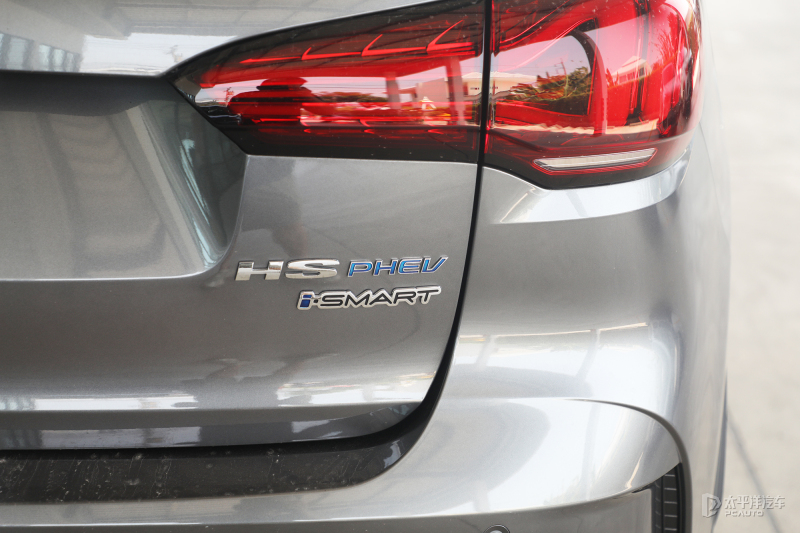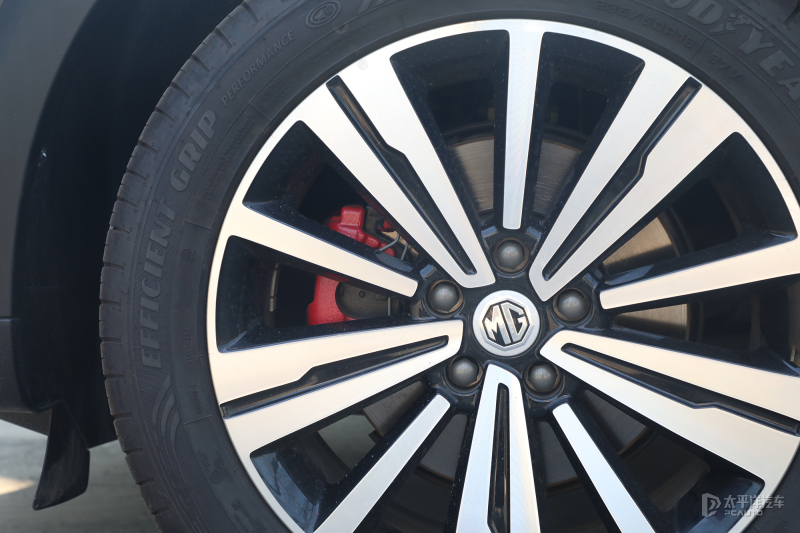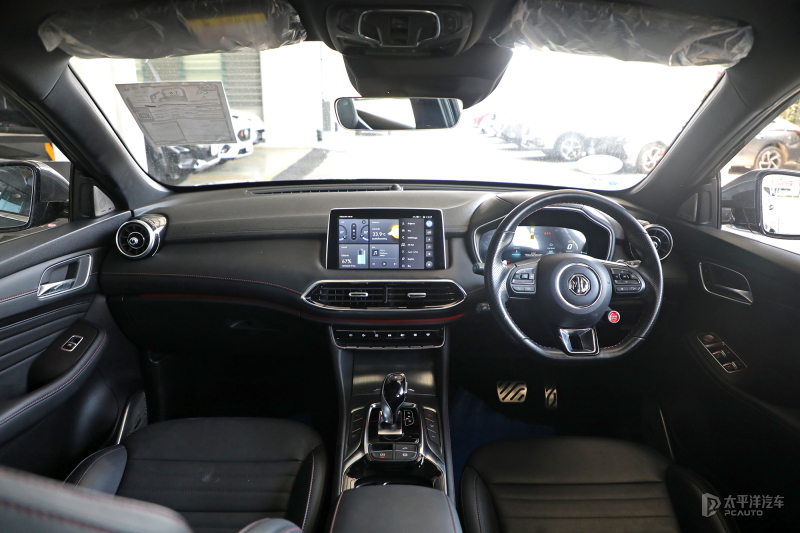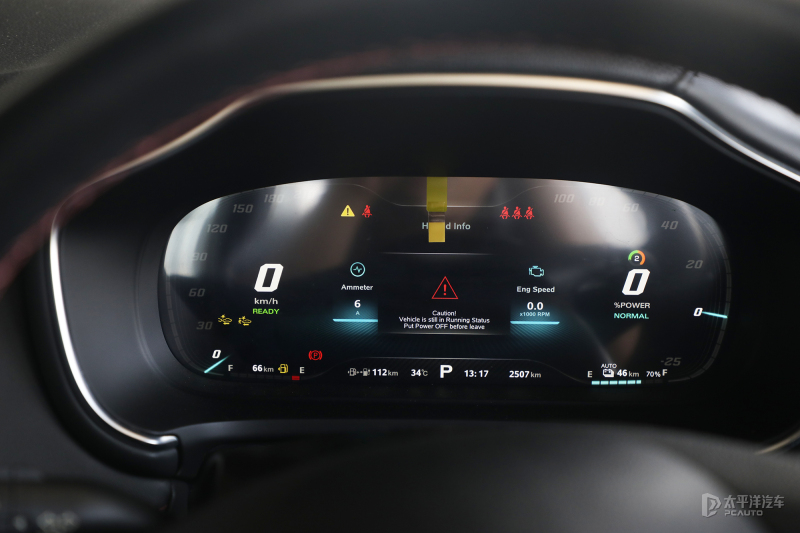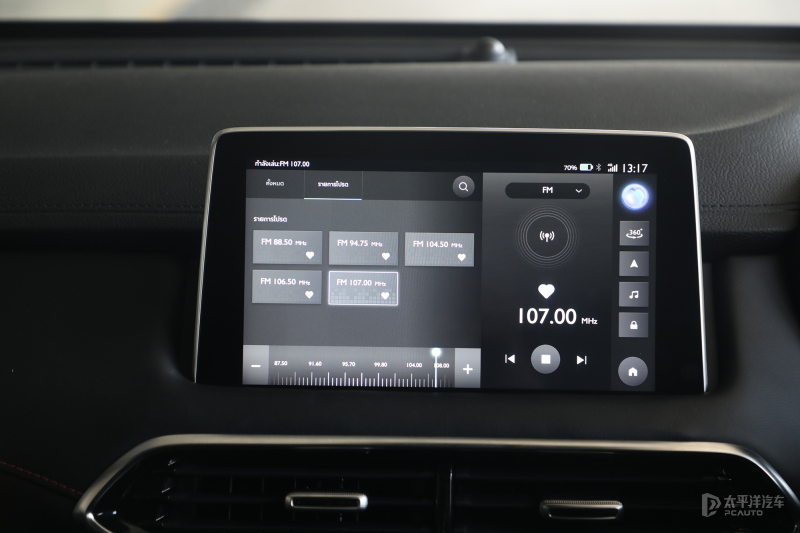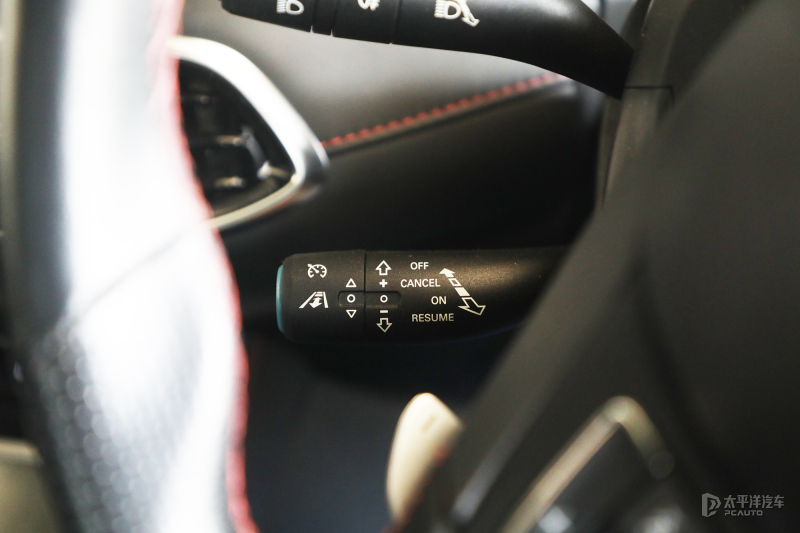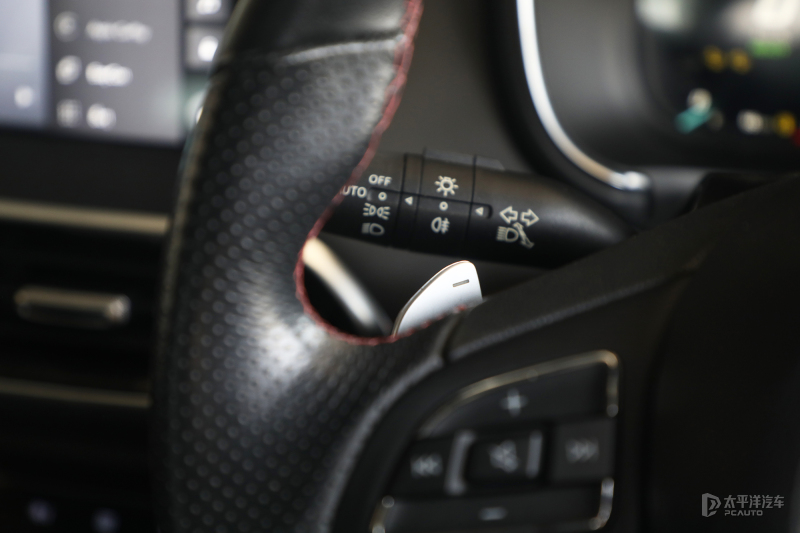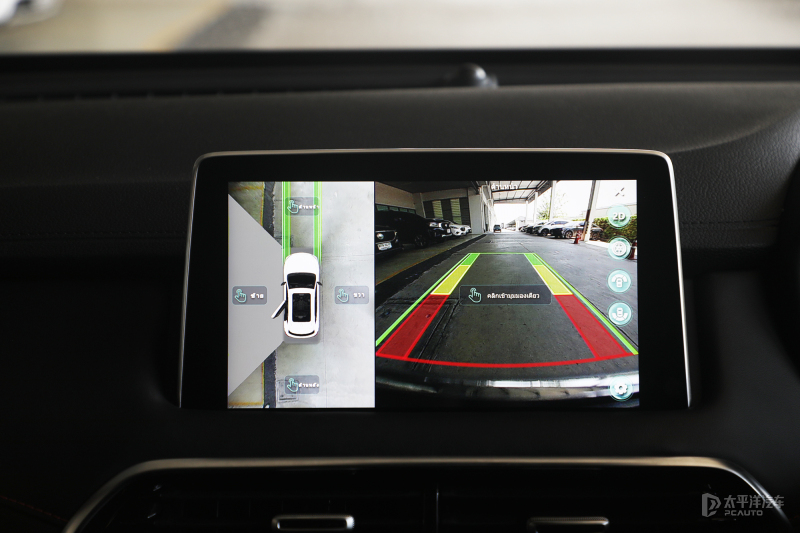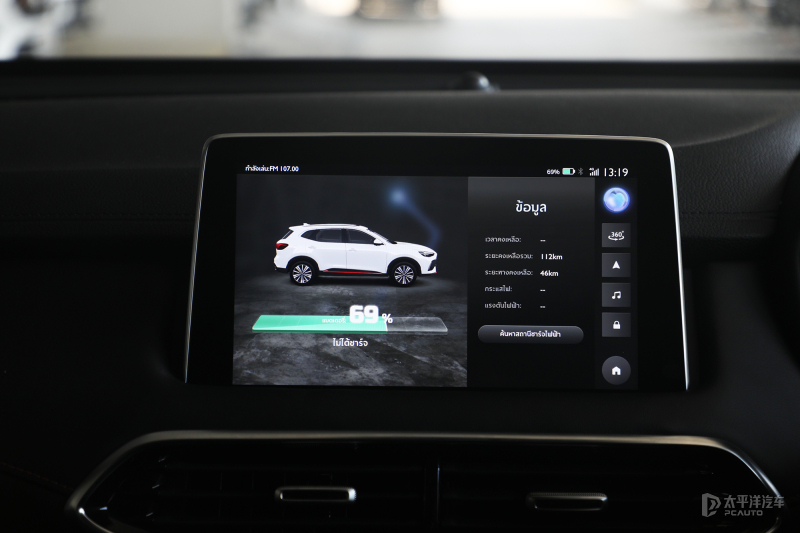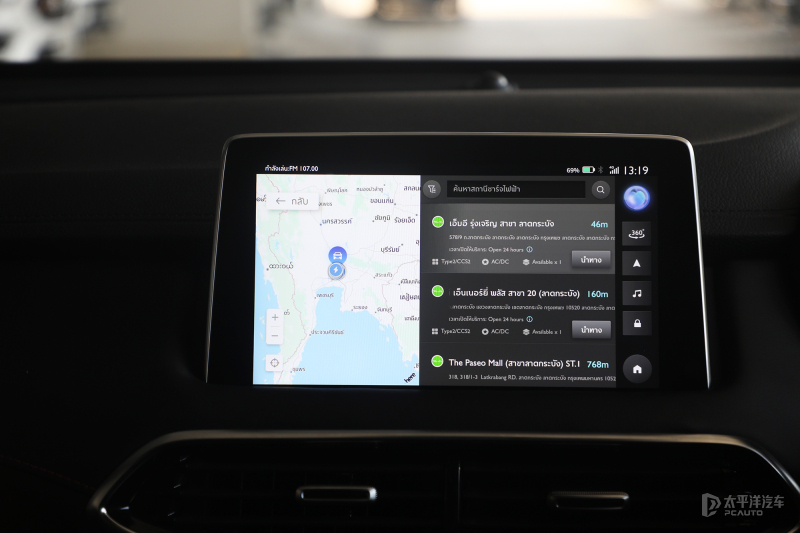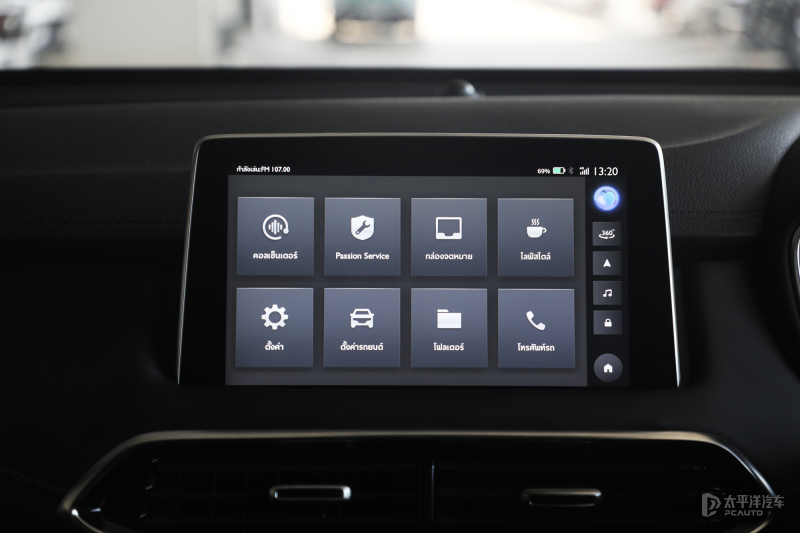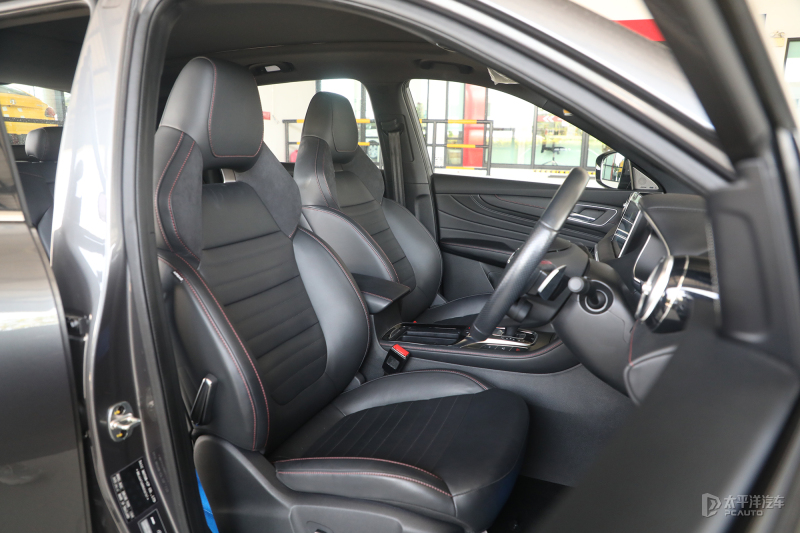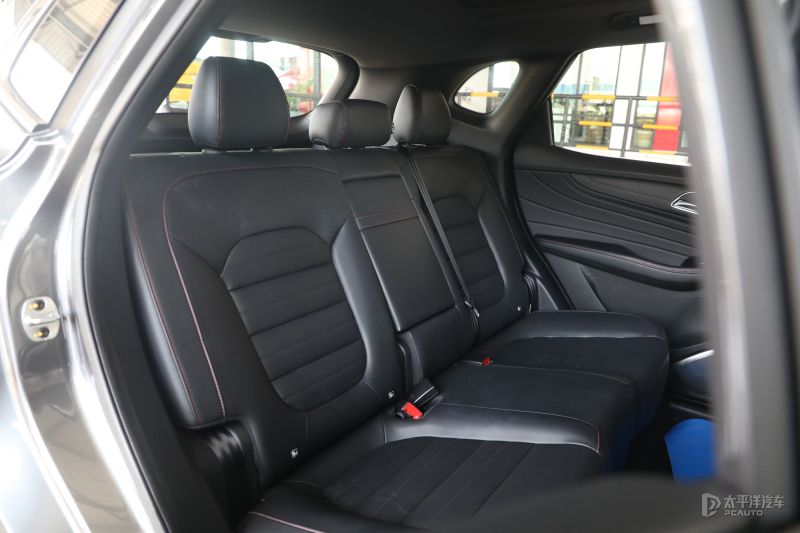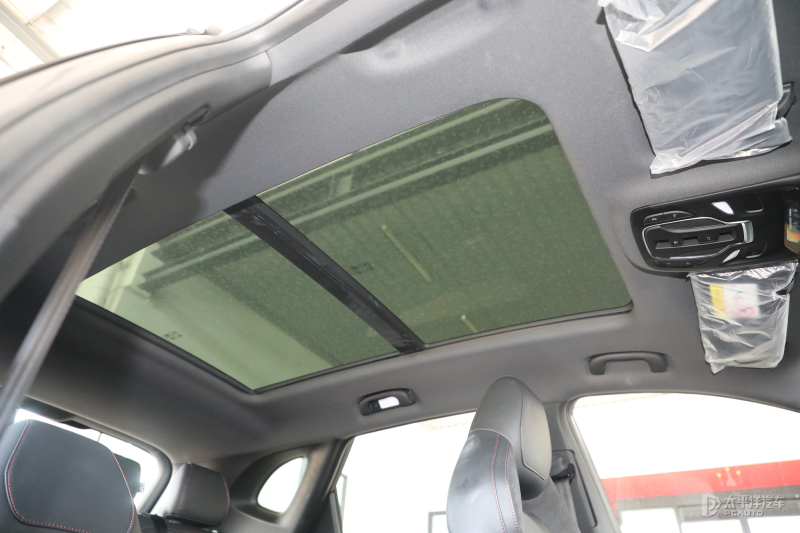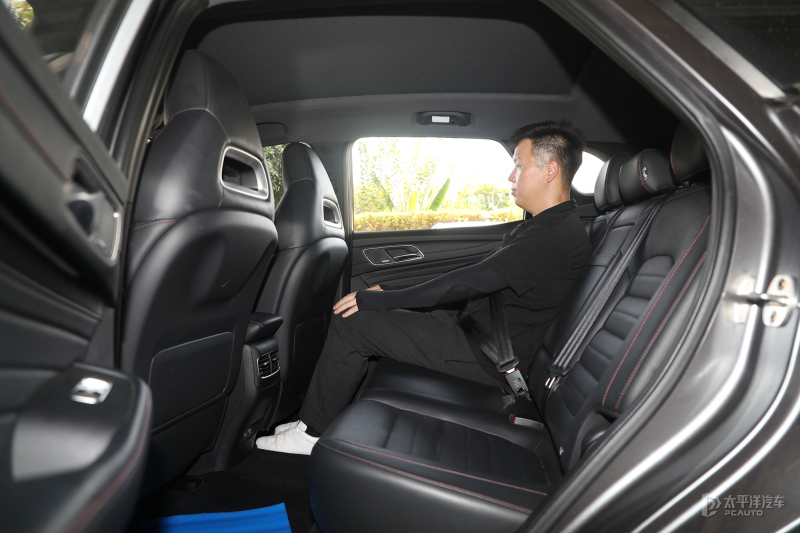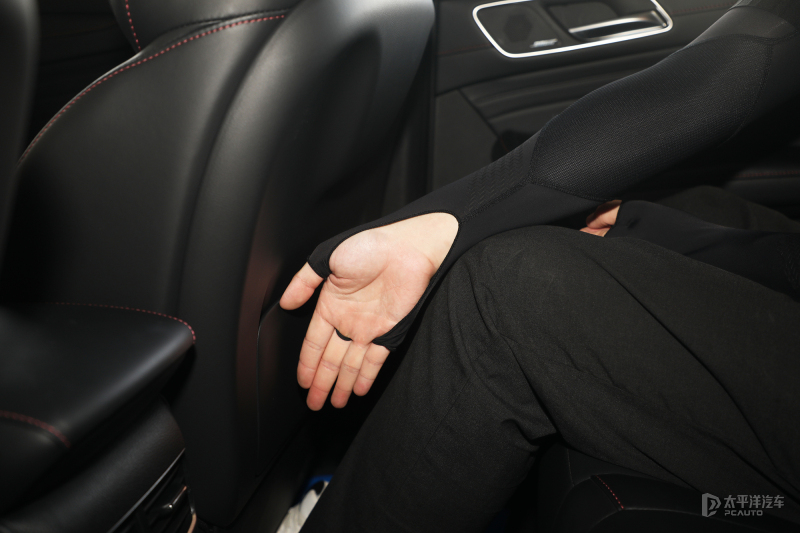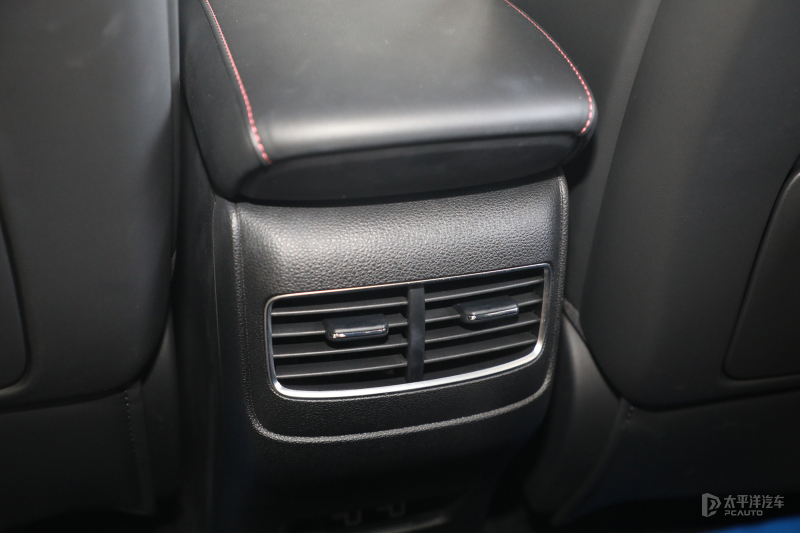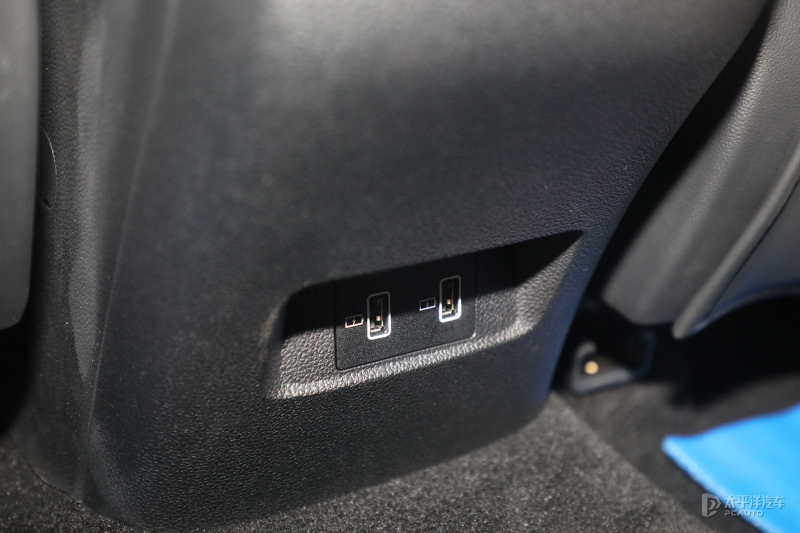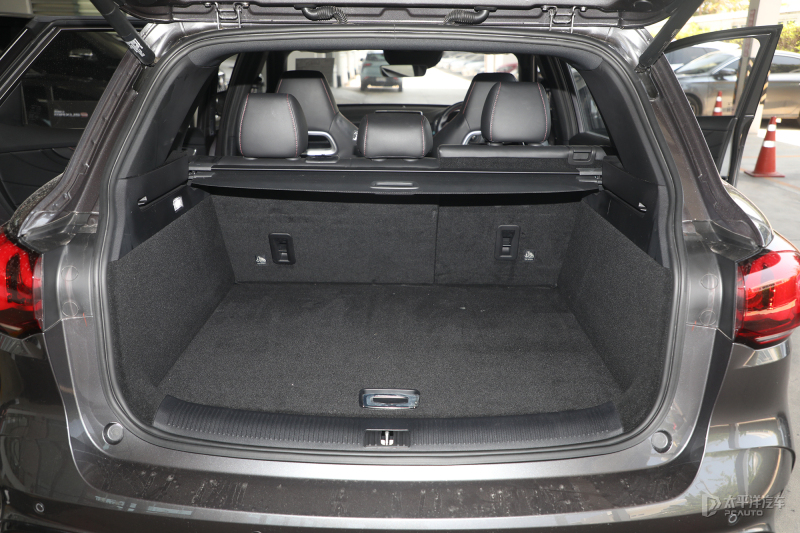Test Drive MG HS PHEV: A Powerful But Not All-Around Household SUV
 Kevin WongApr 17, 2024, 04:04 PM
Kevin WongApr 17, 2024, 04:04 PM
MG's SUV models are selling quite well in Thailand, especially the MG ZS. In contrast, the higher-positioned, larger-sized, and more expensive MG HS seems to be somewhat neglected. In a sense, I think the MG ZS has provided a good solution for the ubiquitous "family SUV" demand. It's cheap, spacious, comfortable to drive, and not fuel-intensive. So why buy an MG HS?
This was the question I thought of when I test-drove the MG HS. One thing that sets the MG HS apart is that it offers both petrol and PHEV hybrid versions. Meanwhile, MG's currently sold new energy car models are all-electric models, such as the MG ZS EV and MG 4 EV. The usage of PHEV models is completely different from that of EV models, and the usage scenarios they are good at are also different. For a household SUV like the MG HS, which aims for more comprehensive and comfortable features, the PHEV system should suit it better.
Based on this viewpoint, I chose to test drive the MG HS PHEV model.
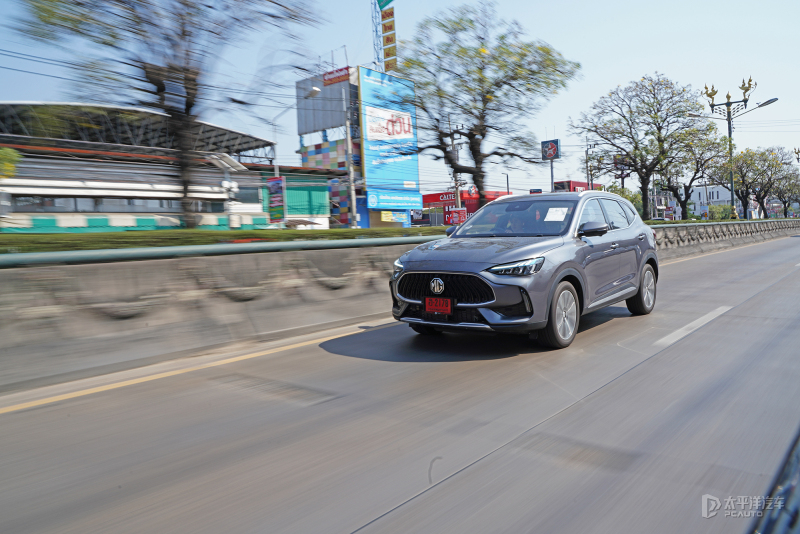
Basic Information of the Test Drive Model:
- Test drive model: MG HS PHEV X type
- Official guide price: 1,379,000 Thai baht
- Body size: 4574×1876×1664mm, wheelbase: 2720mm
- Minimum ground clearance: 145mm
- Power system data: Maximum power 209kW (284PS), peak torque 480N·m
- 0-100km/h acceleration record: 7.5 seconds
- Pure electric range: 67km
I. Strong and smooth power, but insufficient suspension feel
First, let's learn about this PHEV power system. It is composed of a 1.5T gasoline engine and an electric motor. This 1.5T engine has been specially tuned for the PHEV system; for example, its compression ratio has been adjusted to 11.5:1, while the compression ratio of the 1.5T engine used in fuel vehicles is 10:1. The engine has a maximum power of 119kW (162PS) and a peak torque of 250N·m. The electric motor has a maximum power of 90kW (122PS) and a peak torque of 230N·m.
Furthermore, this system is equipped with a power battery with a capacity of 16.6kWh, which provides this car with a pure electric range of 67km. One major advantage of PHEV models is the ability to use EV mode for daily city driving, so it can be used as a pure electric vehicle. However, The MG HS PHEV has a too-short pure electric range, which does not meet the daily commuting needs of many people. Even if it can meet their needs, daily charging is required, which greatly affects its usage experience as an EV model. In contrast, many PHEV models on the market now have a pure electric range of over 120km, which makes the MG HS PHEV seem less competitive.
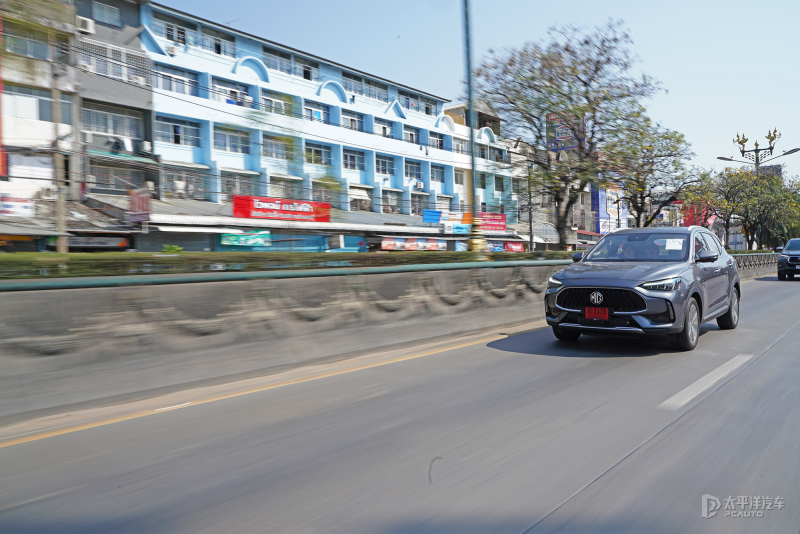
So what's the highlight of this PHEV system? I think it's the power performance. The more direct experience is that the acceleration is light and swift. The motor plays a very important role during the starting and acceleration phases. This role is more important than the role of the motor in HEV models. PHEV models will rely more on the motor to provide a strong acceleration experience, and the engine can intervene less. The acceleration of 0-100km/h only takes 7.5 seconds. This score is not high performance, but for a family SUV, its power performance is proven. The actual driving experience is also the same. Even when entering the highway and needing to speed up to 120km/h, the whole process is very easy. Just deep press a little accelerator pedal, the power response will be very active, and it will make you feel like the power is never used up.
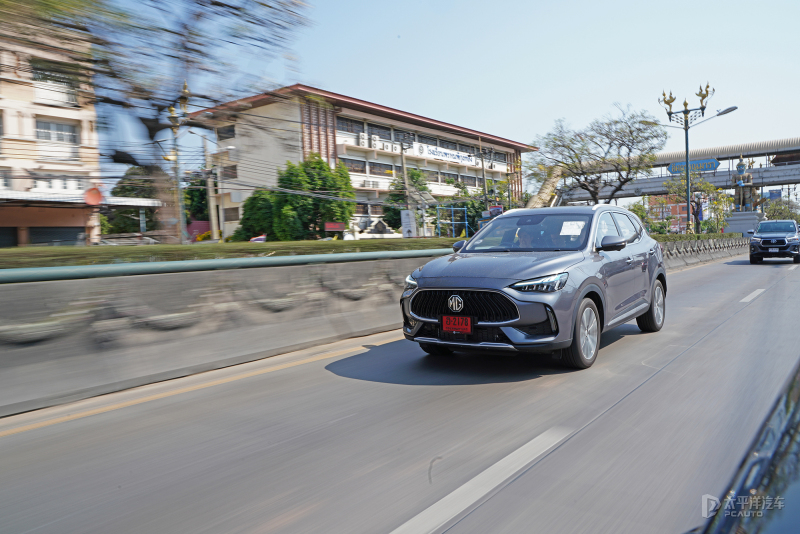
This car provides 4 driving modes, including Eco, Normal, Sport, and Super Sport. The logic in different driving modes is the different degrees of pedal response in the power system. For example, the throttle response is very soft in Eco mode, stepping on a little more will not result in a sudden surge of power. But in Super Sport mode, the throttle's response speed is very fast. Different driving modes are mainly to create different power experiences, but the power performance is the same. That is to say, when accelerating at full power, the vehicle's acceleration performance will not change. However, the Super Sport mode truly attracted me. Its red button is in the lower right corner of the steering wheel, always teasing my nerves, and making me eager to press it. This makes the MG HS PHEV stand out more among family SUVs.
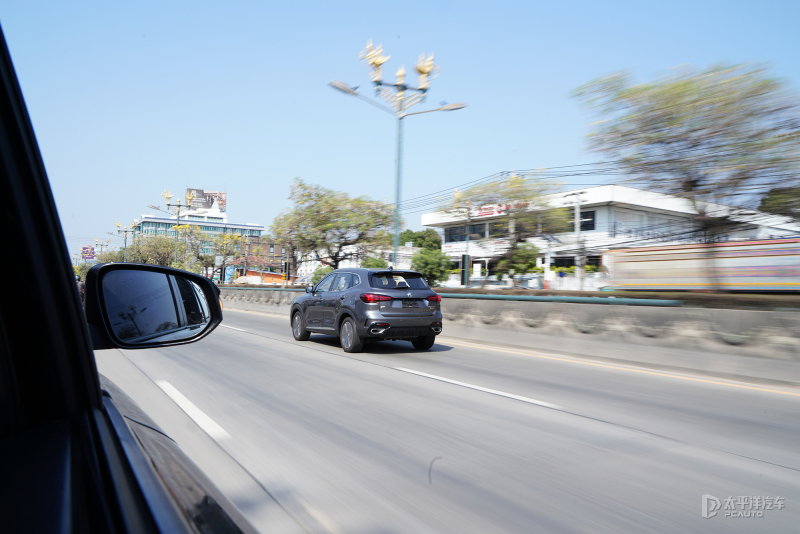
Under normal driving conditions, the vehicle is driven by the motor in the first half of starting and accelerating, because the engine is not in a highly efficient working range at this time. As we all know, the start and acceleration of the vehicle are the most fuel-consuming stages, and the engine is usually the most fuel-efficient in a certain speed range, which is why it is the most fuel-saving when cruising at high speed. The engine will cleverly intervene to work at the right time, such as when reaching a stable speed, and during high-speed cruising, the engine can also drive the vehicle alone, without the need for the motor to participate. The whole process has two clear benefits. One is low fuel consumption, and the other is smooth power output. The MG HS PHEV is not clumsy when starting at a crossroads. Starting with a motor avoids the problems of lack of power and obvious engine vibration and noise at low speeds.
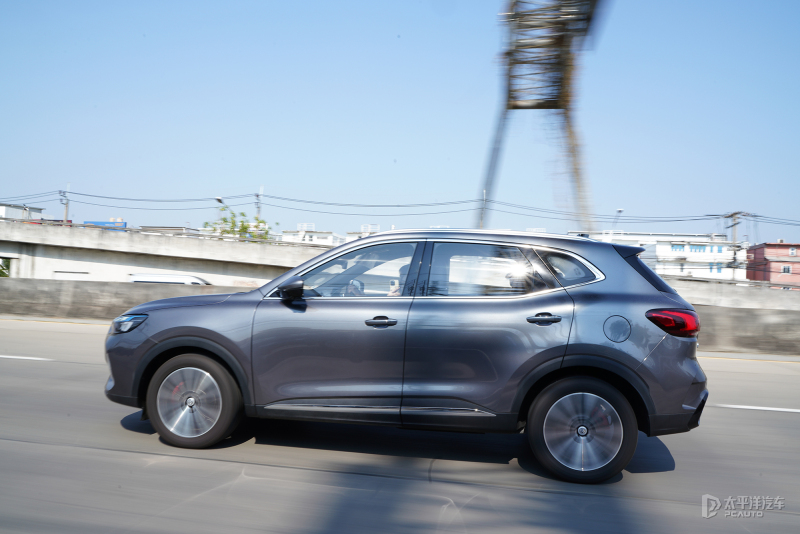
However, these benefits are based on the premise that the power battery maintains a certain amount of electricity. Because if the battery is out of power, the engine will intervene in the system to work more frequently, driving the vehicle and charging the battery. Logically, it seems to be still in HEV mode, but it is difficult for the engine to maintain economical and efficient operation.
How is the smoothness of power? My actual feeling is very smooth. The power system is very smooth and linear in power output when the engine intervenes in work, as well as acceleration and deceleration at different speeds. I am worried about the smoothness because it uses a 10-speed gearbox. In the PHEV system, which has a relatively complex working logic, the more the gearbox operates, the more it tests the smoothness of power.
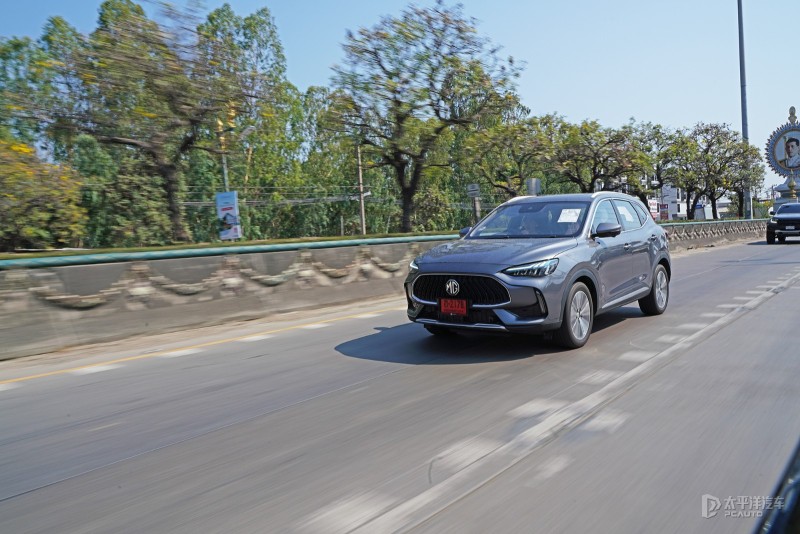
This gearbox is named EDU II, it can achieve 10-speed changes, but actually, its engine has 6 transmission ratios, which is equivalent to a 6-speed automatic gearbox. At the same time, the motor has 4 transmission ratios, totaling equivalent to having 10 gear changes. The purpose of multi-gear shifts is to finely control the actual driving conditions and reduce the fuel consumption of the car. The shifting speed of this power transmission system is within 0.2 seconds, which to some extent solves the smoothness of the power connection.
I think another downside of the MG HS PHEV is its suspension system. To view from the perspective of a home SUV, the performance of suspension comfort is not very good. In low and medium-speed driving in the city, the suspension comfort is good, but as the speed continues to increase, when the vehicle encounters rough roads, the lack of suspension comfort is exposed.
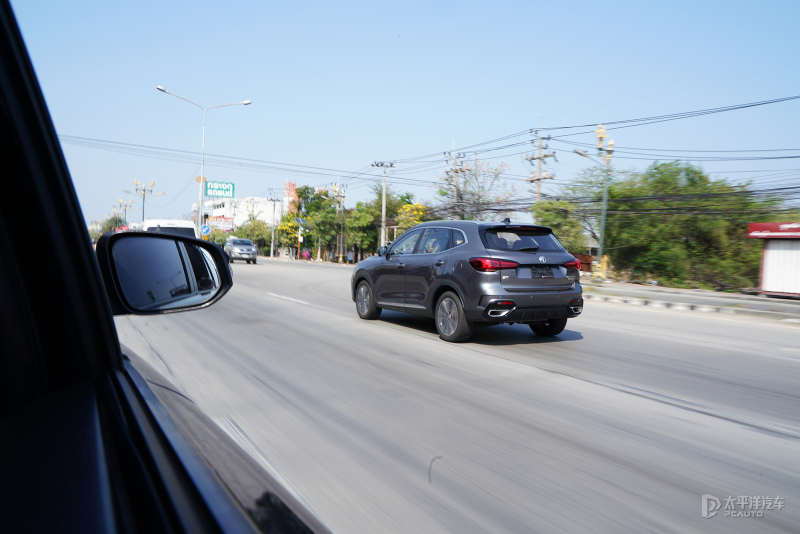
II. The design conforms to home aesthetics, but the rear space is not sufficient
I think the design difficulty of the MG HS would be higher than that of the MG ZS because models with a lower positioning can be more unrestrained when showing their youthful personalities. They don’t need to consider the feelings of most people too much, and they only need to attract a certain group of targeted crowds to be all set. Most of the time. However, MG HS serves the whole family, not one or two people in the family. Therefore, its design must be approved by more members of the family. This puts higher demands on its design, because it has to be youthful and personality, and it needs to be accepted by most people.
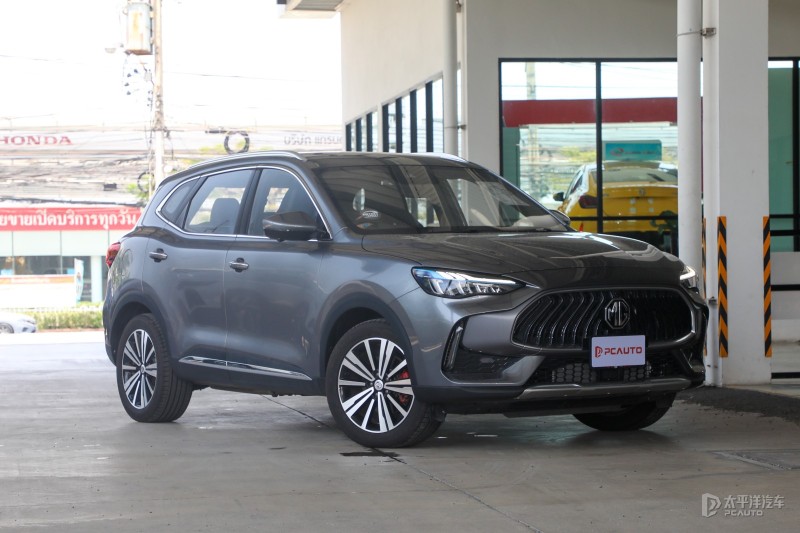
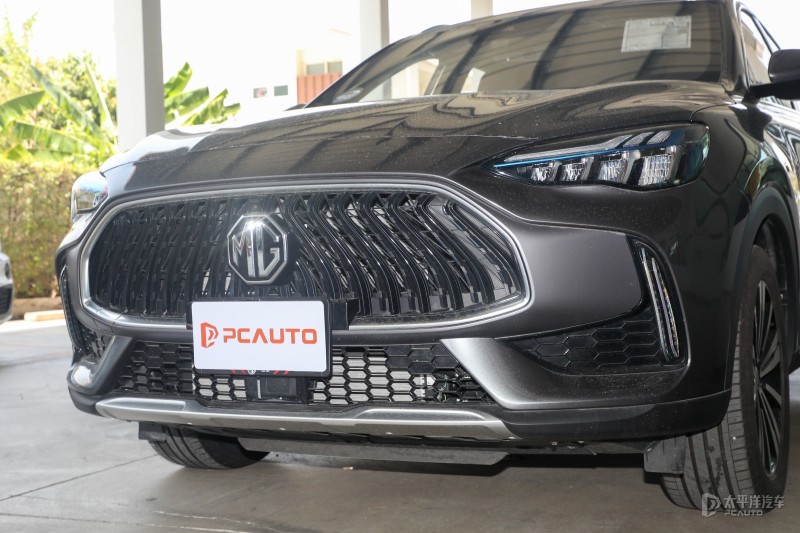

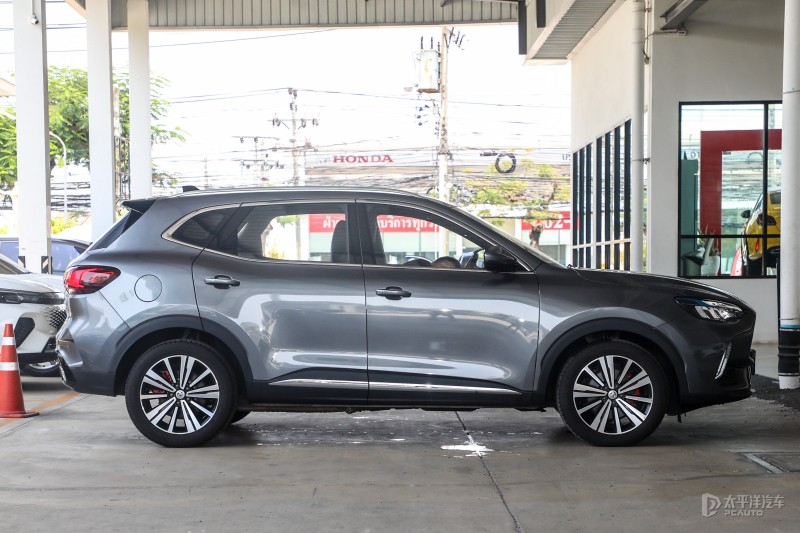
The MG HS PHEV is not bad. It doesn't show much personality, but it's enough to express its youthful style. It conveys this through the grille, headlights, and wheel hubs while omitting excessive car body details. The styling of the grille creates a swaying effect, like a row of flames burning, swaying in the wind, which seems very spiritual. The details of the headlights are exquisite, and the PHEV model has added blue decorative lines to the front headlights to distinguish it from the fuel model. The LED daytime running lights are located on both sides of the front bumper, which makes the entire front of the car look more coordinated. The PHEV model and the fuel model have different wheel hub styles. The wheel hub of the fuel model is more flamboyant, but both models are equipped with red brake calipers.
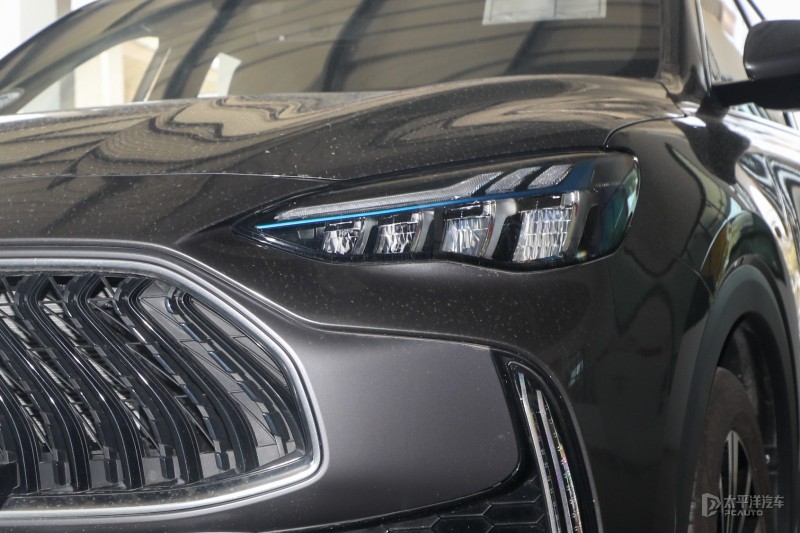
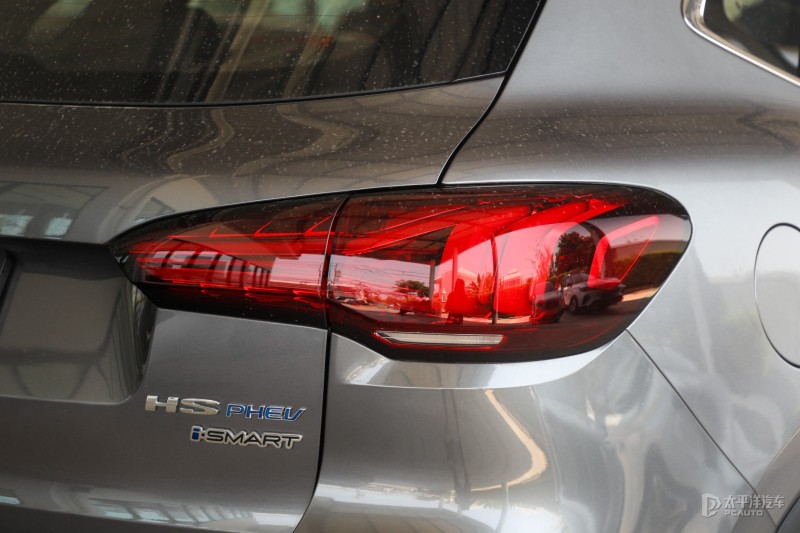
The sense of motion presented by the entire interior is not strong, mainly to create a center console style that is convenient for daily use, and a large number of physical buttons are retained. The youthfulness is only reflected in a few details, such as the circular air outlet design, and the Super Sport button on the right side of the steering wheel. In addition, the front row adopts a one-piece sporty style seat.
The 12-inch intelligent LCD instrument panel and 10-inch floating control screen, as well as BOSE speakers and panoramic sunroof, are more about showcasing the luxury of MG HS interior. After all, it has a higher price and positioning. If it does not have these impressive technological configurations, it would seem unjustifiable.
The rear seating space of the MG HS PHEV is not spacious, and it can only be said to be sufficient for daily use. But, if 3 adults ride, the rear will be relatively crowded. An adult male with a height of 175cm sitting in the seat, there is not much space left for his legs. However, the rear row provides independent air outlets and 2 USB ports, these details are very thoughtful, and the panoramic sunroof can also alleviate the sense of space compression in the rear.
Test Drive Conclusion:
Overall, the performance of MG HS PHEV has both advantages and disadvantages. The highlight is its excellent power feel. The addition of the motor makes the vehicle more nimble to drive, the acceleration performance is stronger and power connection is smooth. In addition, it brings the low fuel consumption and low noise advantages needed by a family SUV. However, it's a pity that due to the test drive conditions, we weren't able to test the fuel consumption of this car.
Its shortcomings are also quite obvious. They include a low pure electric cruising range, slightly insufficient rear space, and the suspension feel that needs to be improved. These shortcomings have set many obstacles for MG HS PHEV to become a balanced family SUV. But overall, the actual performance of this car exceeded my expectations and is worth considering for families planning to buy a car.
MG HS Model Configuration Table:
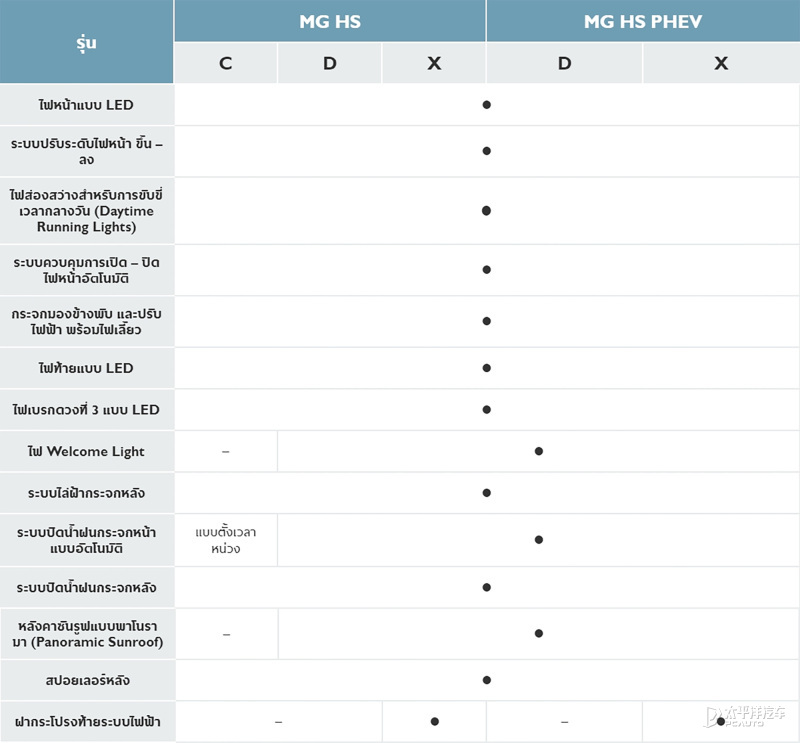
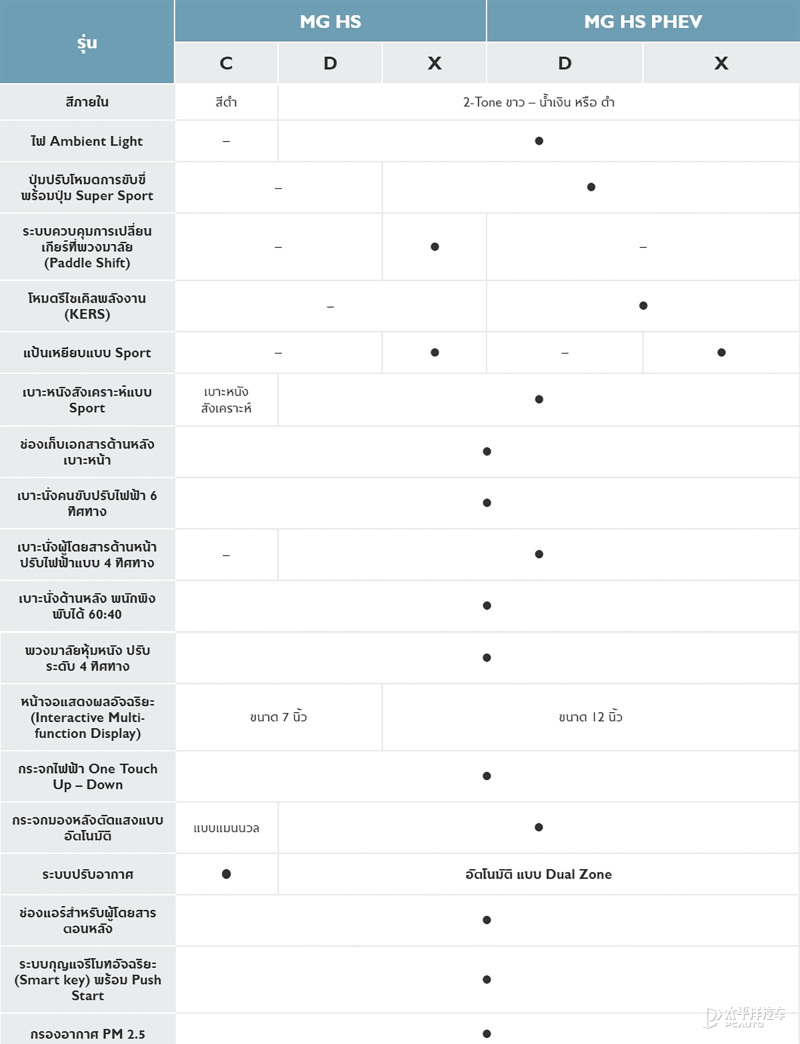

If any infringement occurs, please contact us for deletion

BYD Plans to Promote 1000V High Voltage Super Charging Stations and Its Models on a Large Scale
【PCauto】Recently, the news that BYD plans to massively implement a 1000V high-voltage supercharging platform has attracted widespread attention. It is reported that this platform will be launched in the middle of March this year and supports super-fast charging above 5C. After its release, it will quickly be popularized to its own models and large-scale construction of 1000V supercharging stations.This move will undoubtedly set off a wave in the new energy vehicle market. Let's delve into the te

Toyota Tundra Owner Achieves the Second Million-Mile Milestone
[PCauto] The mileage often measures the quality and durability of a car, and Victor Sheppard and his two Toyota Tundra pickups have set a staggering record.With Victor Sheppard's dedication and careful maintenance of the Toyota Tundra, he successfully drove two different Tundra pickups over 1 million miles (approximately 1,609,340 kilometers).In 2007, Sheppard bought a brand new Toyota Tundra CrewMax. Over the next nine years, as a contractor, he worked across the United States, from Louisiana t

XPENG G9 is about to be launched in China, bringing 66 upgrades in features
【PCauto】XPENG has recently announced that the 2025 XPENG G9 will soon be launched in China. Although the official did not announce the time and price, the success of XPENG G6 and X9 has rekindled expectations for the once-failed G9 by XPENG. In terms of appearance, the G9 continues the X-BOT FACE 3.0 design language, with a closed grill at the front paired with split-style headlights on both sides, new two-tone collision colors and all-black body styles, with a petal-style wheel hub. Combining

BYD YANGWANG U7 Launches with World's First Suspension Charging Tech
[PCauto] On March 27, BYD YANGWANG U7 was launched, with two power versions of pure electric and plug-in hybrid, a total of four models. YANGWANG U7 EV Five-seater Luxury Edition, priced at about 292.85 million baht/RM38.31 YANGWANG U7 EV Four-seater Flagship Edition, priced at about 330.04 million baht/RM43.19 YANGWANG U7 PHEV Five-seater Luxury Edition, priced at about 292.85 million baht/RM38.31 YANGWANG U7 PHEV Four-seater Flagship Edition, priced at about 330.04 million bah

What will the new Perodua Car look like in 2025? What kind of changes will they undergo?
【PCauto】In 2025, Perodua will introduce a series of anticipated new car dynamics, covering the launch of new models and remodeling of several existing models, whether in the bold step in the field of electrification or in the optimization of classical models.Perodua is to launch its first electric car in 2025Perodua's first pure electric car is expected to go on sale officially in the fourth quarter of 2025. To ensure the vehicle's performance and quality, Perodua may initiate testing work as ea
Popular Cars
Car Compare

